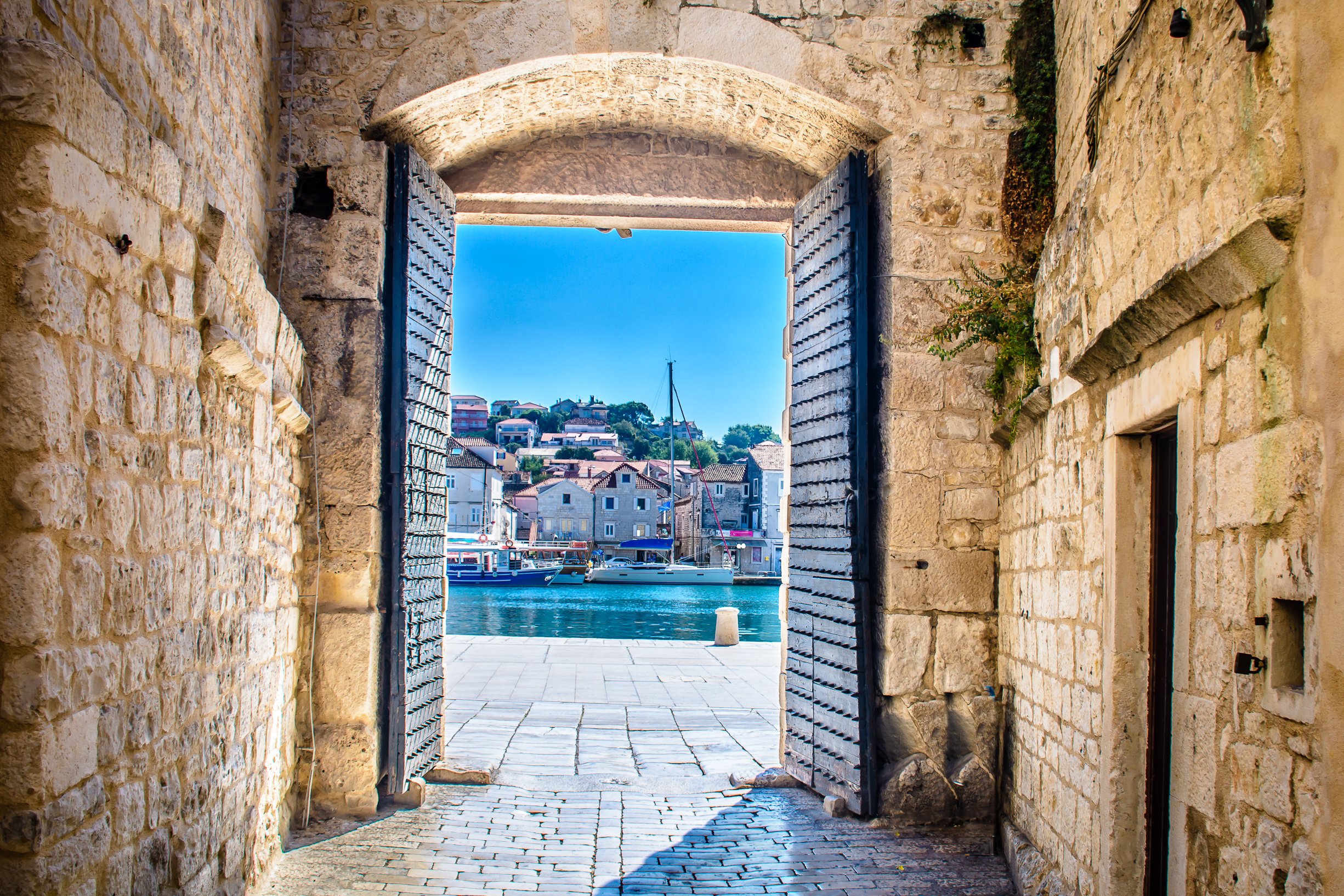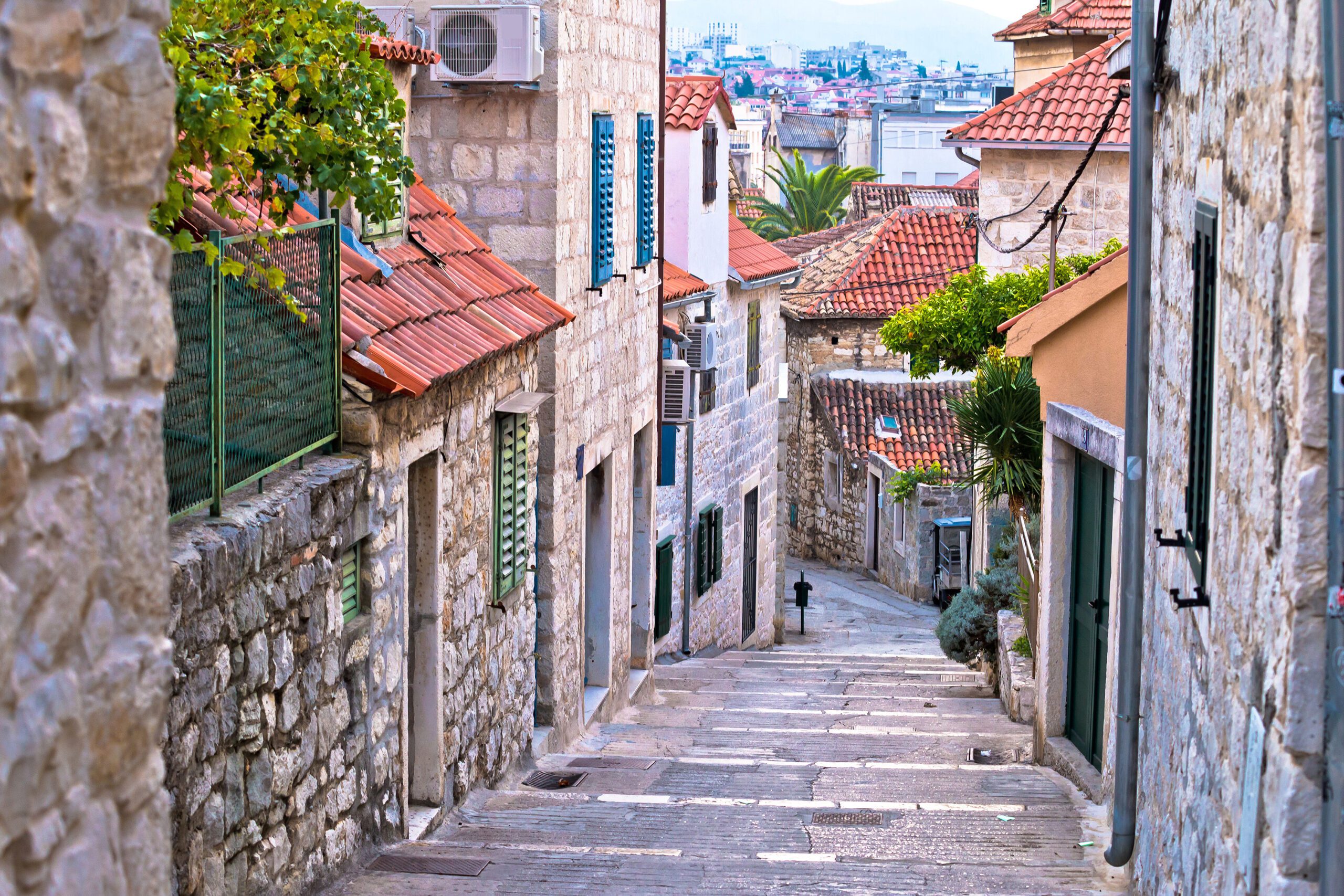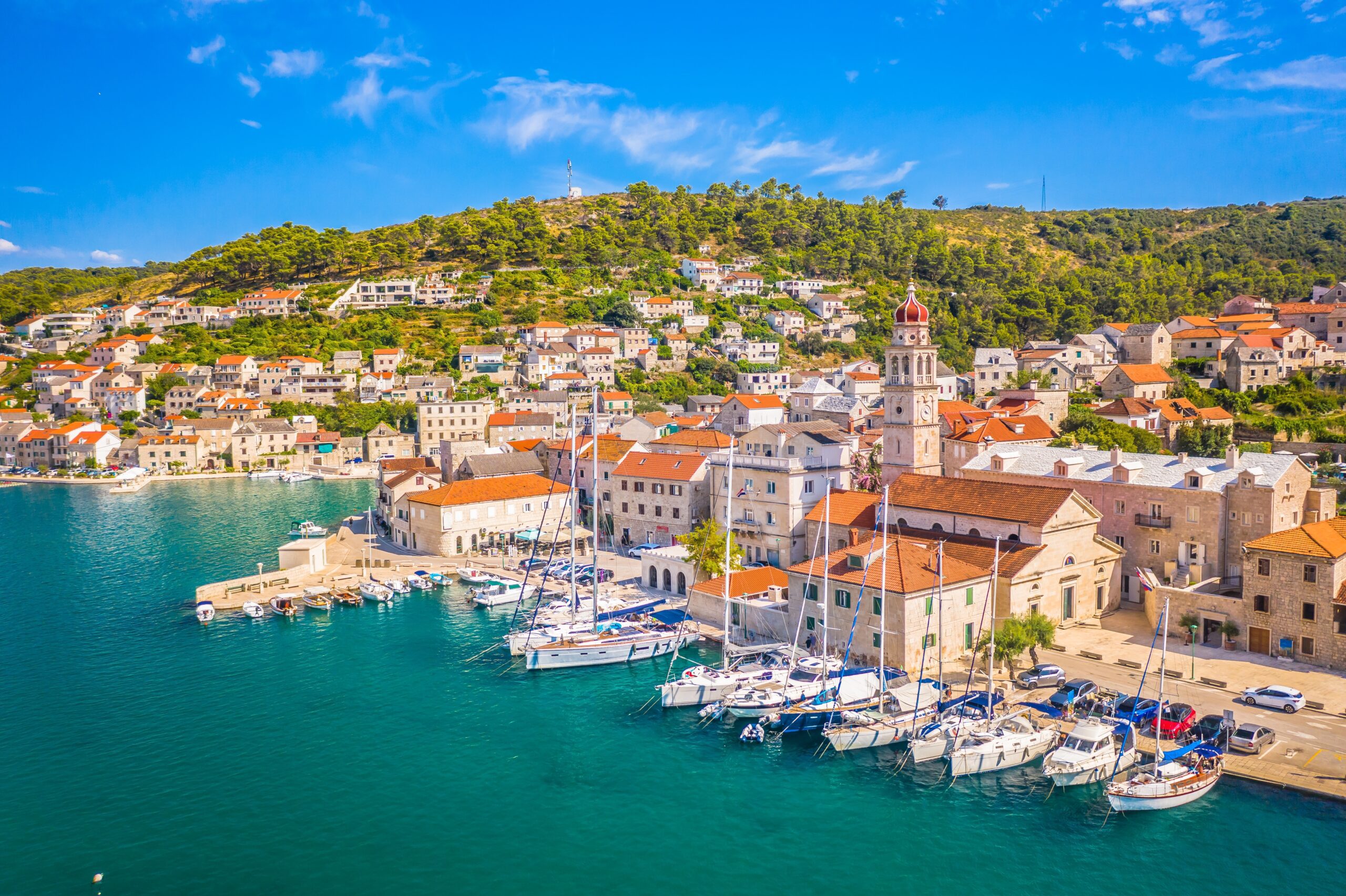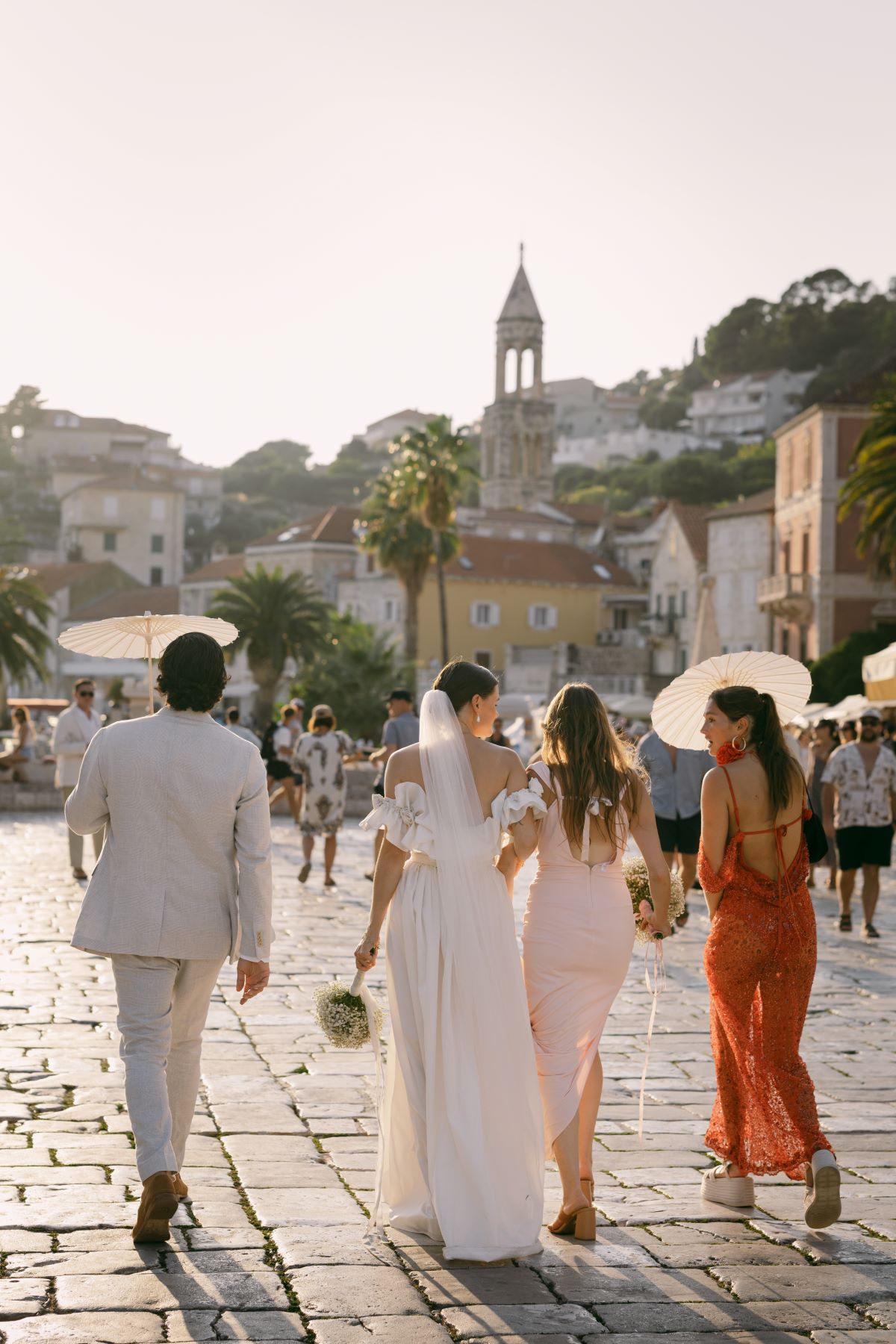
A Walk Through History: A Small Mediterranean Region Rich in Culture
If you’re the type who loves the sea, sun, and vibrant cities steeped in ancient history and UNESCO monuments, Croatia is an ideal destination – specifically the Central Dalmatia region. This area includes the coastal stretch of historic cities from Trogir to Makarska, with Split as the heart of Dalmatia. It also encompasses some of the world’s most beautiful islands, such as Hvar, Brač, Šolta, and Vis.
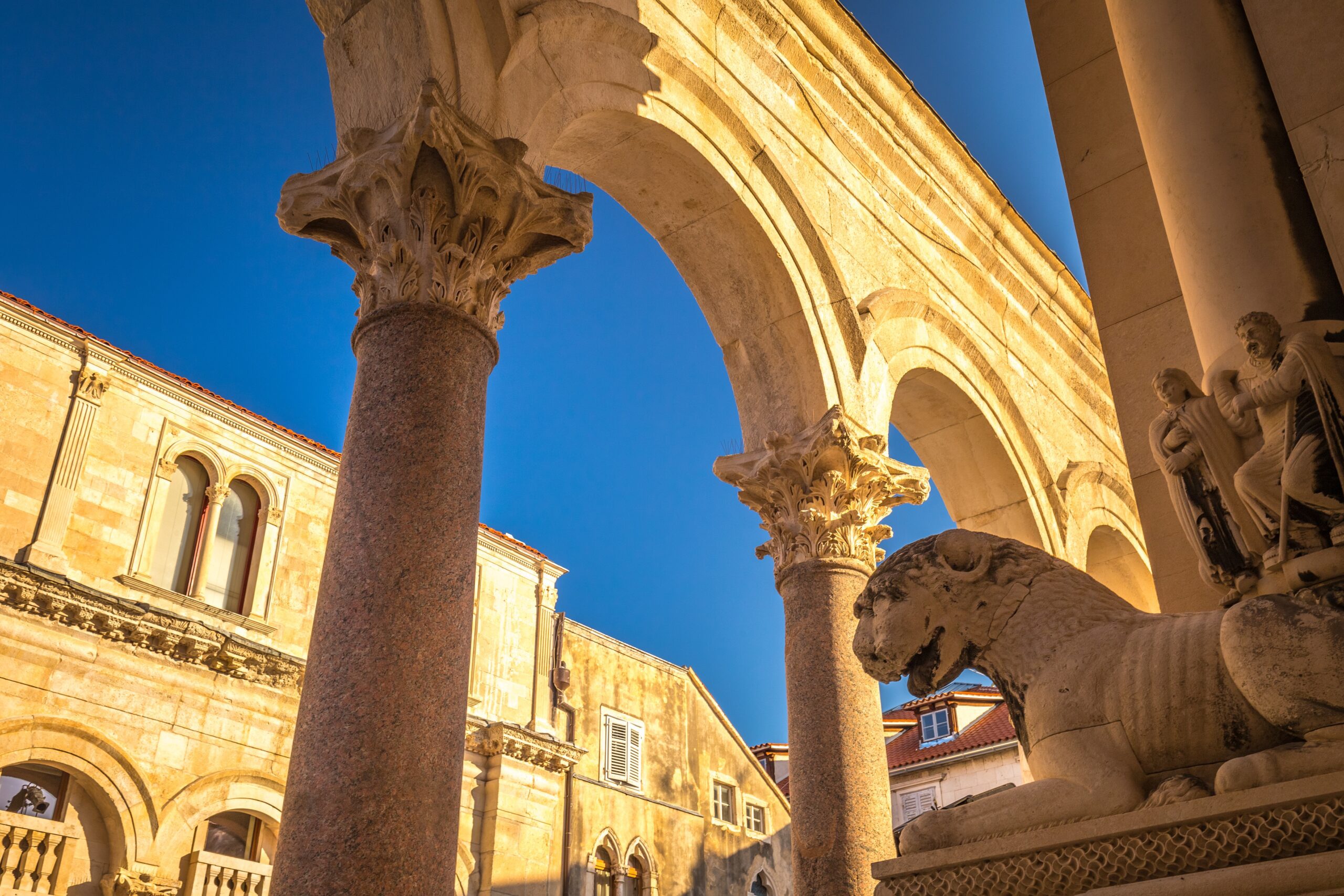
Beyond its picturesque beaches and crystal-clear waters, Dalmatia is a European region rich with UNESCO heritage sites and one of the world’s most culturally significant histories. Dalmatia has more than ten UNESCO sites within a few hundred kilometers – a global rarity. Here, we’ll focus on its most popular cultural destinations.
Split
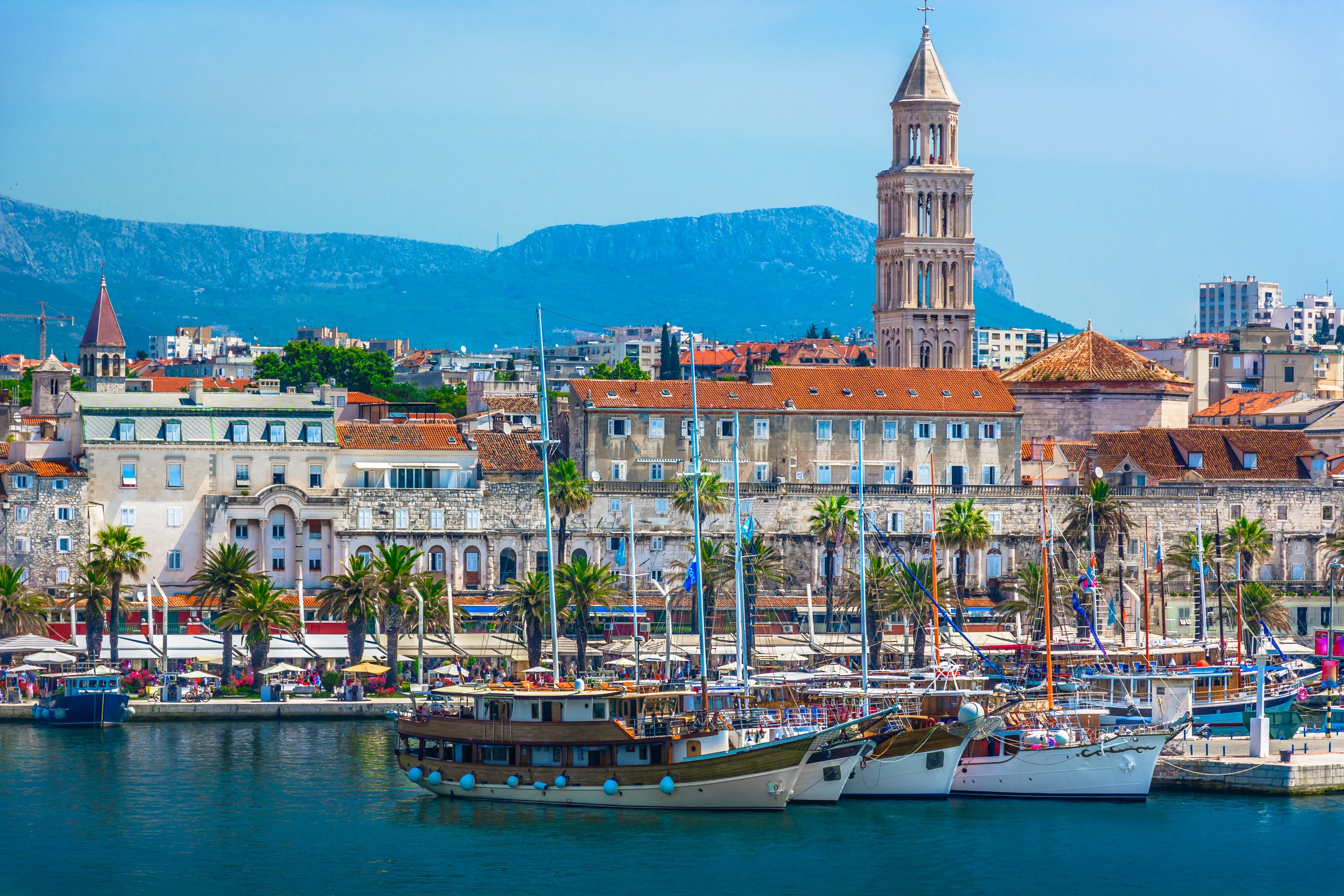
Split is the capital of Dalmatia and, along with Dubrovnik, serves as a major gateway to Croatian tourism. Even the ancient Romans were enchanted by the beauty of this region; the powerful Roman emperor Diocletian built a residential palace at the heart of the city, which is now protected as a UNESCO World Heritage site and is considered one of the best-preserved examples of Roman architecture worldwide. The central square, Peristyle, is dominated by the Cathedral of Saint Domnius, officially the oldest Catholic cathedral in the world.
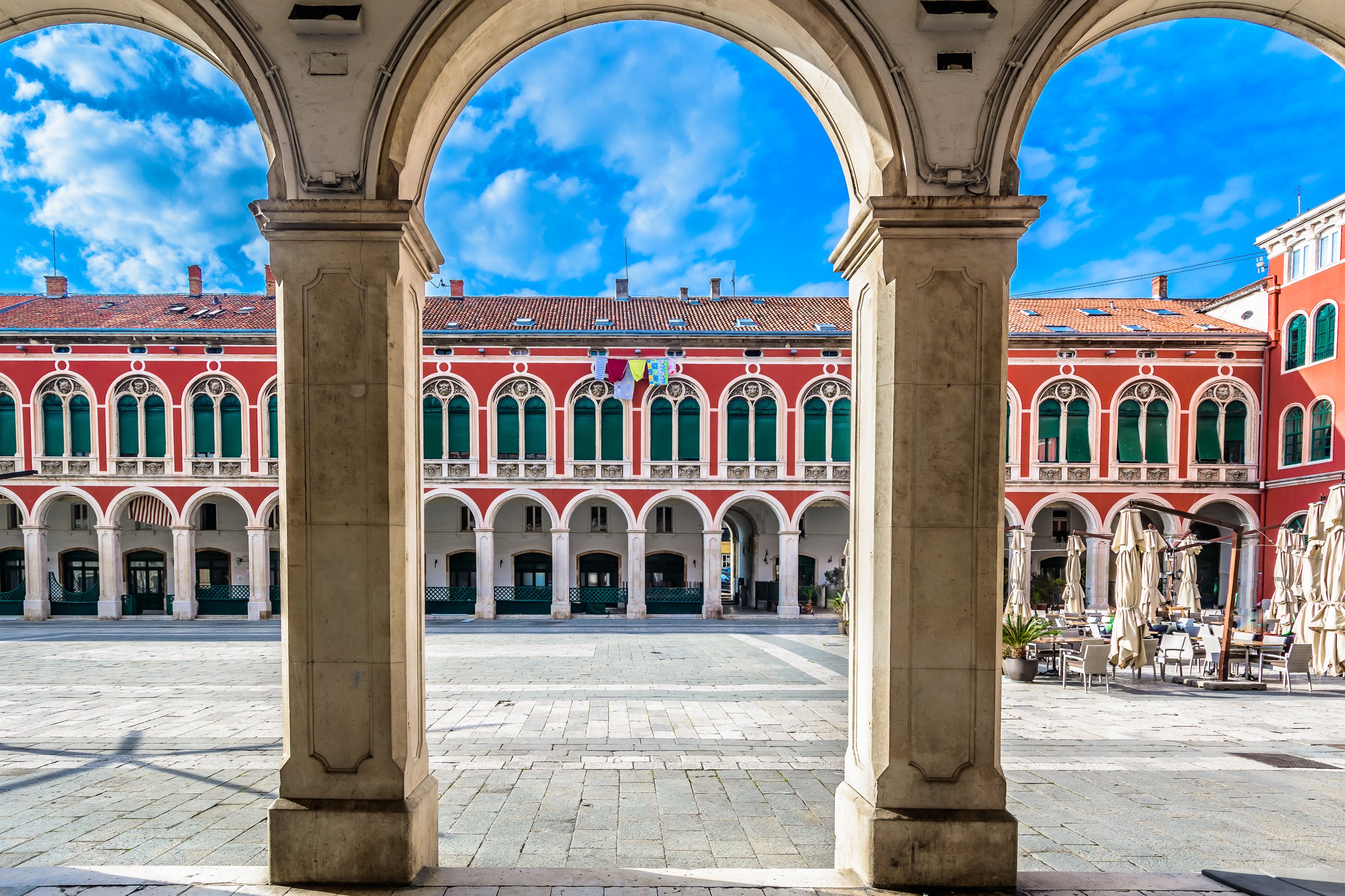
Within Diocletian’s Palace, you can explore a wealth of other fascinating monuments and relics. Among the most notable are the Egyptian sphinxes, which were brought to Split by Emperor Diocletian himself. Additionally, the palace houses the world’s smallest church – the Church of Saint Martin. This smallest and one of the oldest churches in Split is only 1.64 meters wide and 10 meters long, and is considered the best-preserved sacral monument from ancient times. If you’re fond of Italian architecture, be sure to visit Prokurative Square. This stunning piazza, with its Venetian-style architecture, closely resembles Venice’s famous St. Mark’s Square.
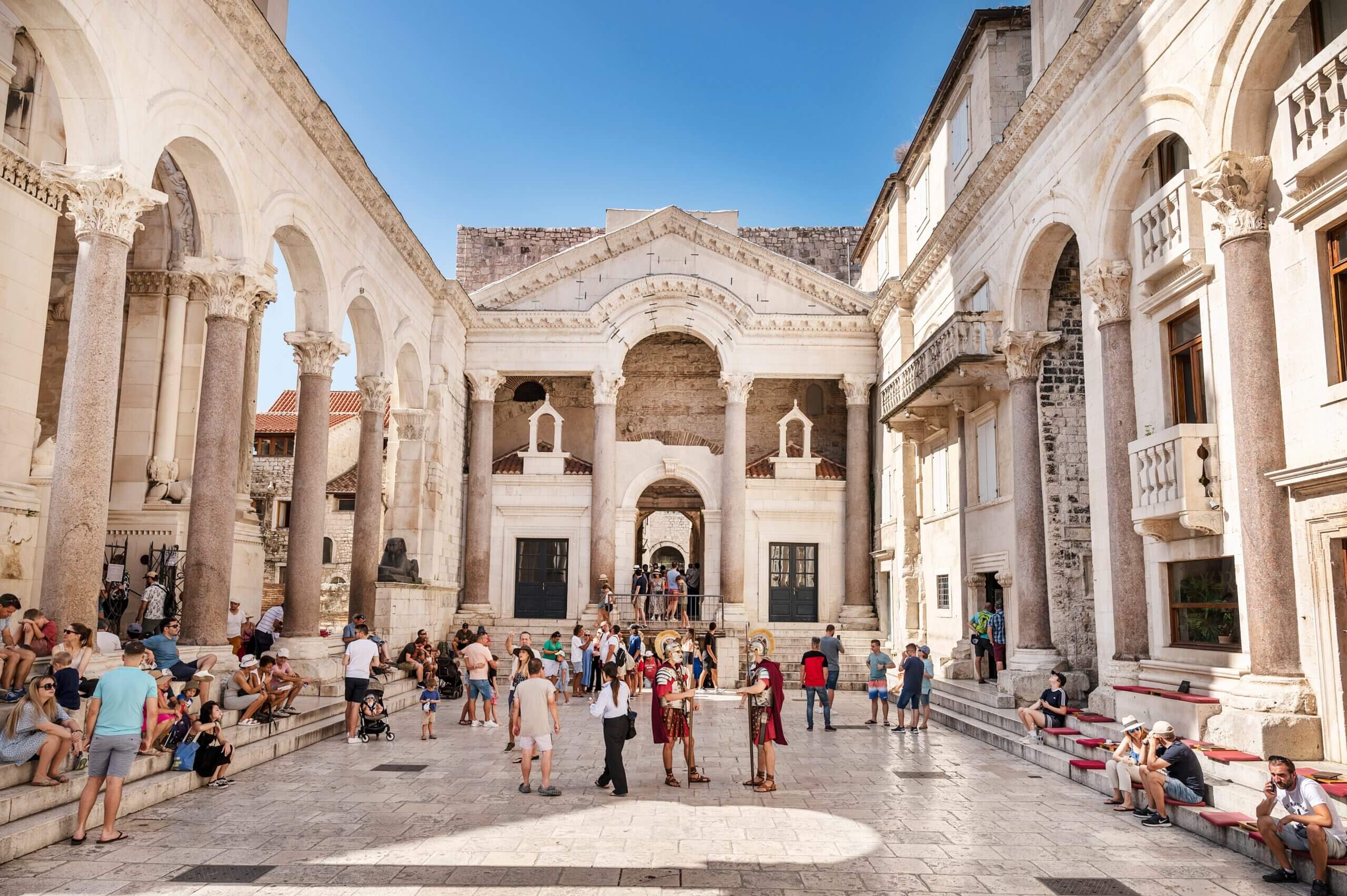
Split is a lively port city full of color, charming noise and southern Mediterranean ambiance. Nearly everything you see and touch here has historical significance and has played an important role throughout history. Split also offers a respectable number of museums and galleries. For those wishing to immerse themselves in local culture, the city’s summer music and theater festivals are a must.
Trogir
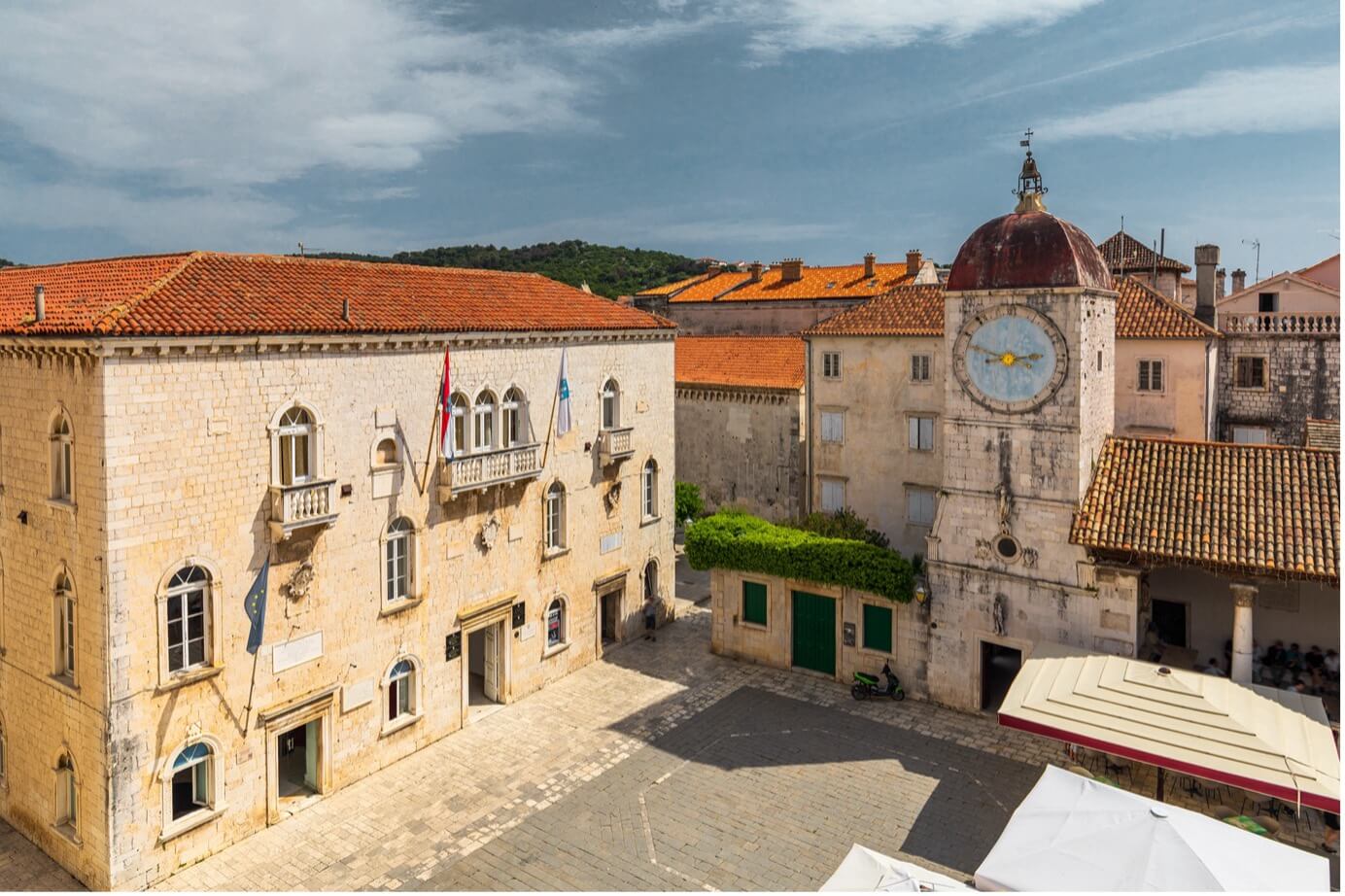
Trogir is often referred to as an open-air museum, with its entire city center protected as a UNESCO World Heritage site. The city’s architecture and buildings showcase a fascinating blend of several styles and historical periods, making it especially intriguing for history enthusiasts. This mix of ancient influences, combined with the Mediterranean lifestyle and excellent cuisine, makes Trogir a perfect destination for an unforgettable vacation.
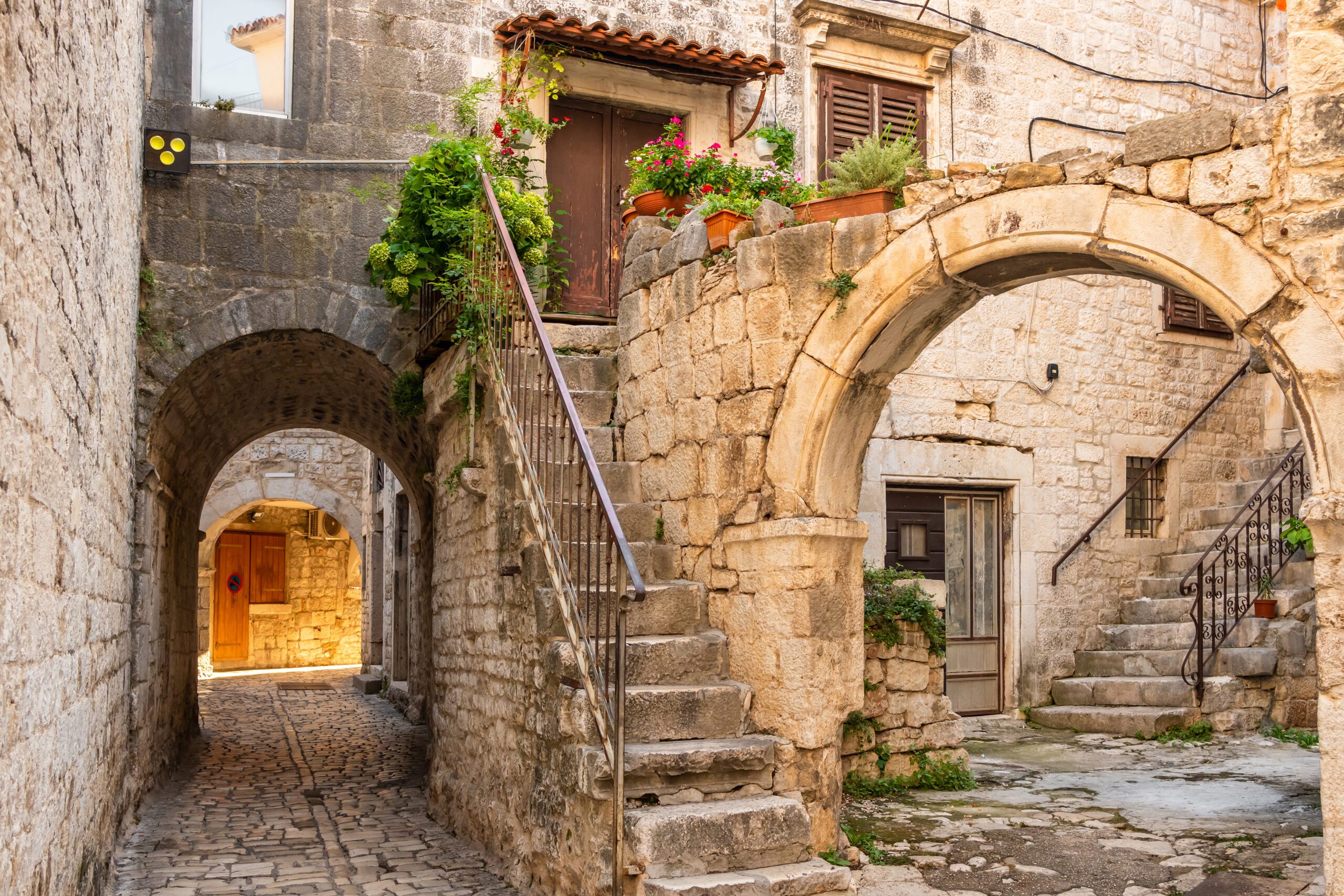
Archaeological research has shown that humans have lived in this area since prehistoric times. Every step among Trogir’s stone houses and palaces feels like you are stepping back in time. Be sure to visit the Cathedral of Saint Lawrence, one of the finest Renaissance monuments in Europe, built over four centuries. It houses the Radovan’s Portal from 1240, the most important medieval portal in the eastern Adriatic and in this part of Europe.
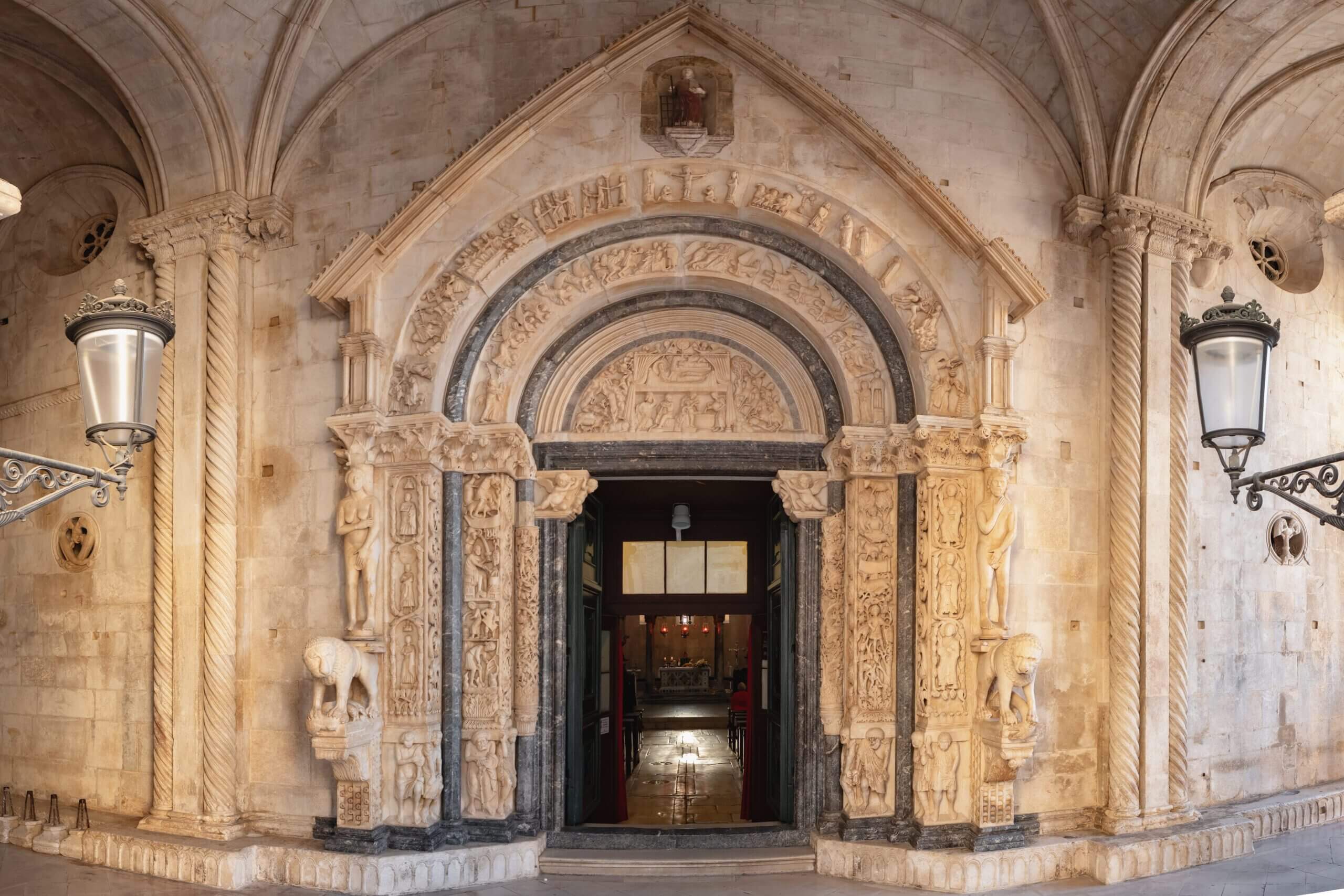
The city walls and Kamerlengo Fortress are also worth exploring, especially as the fortress becomes a stage for numerous musical and cultural events in summer. The longevity and prominence of Trogir’s civilization are underscored by the fact that in 1271, it became home to the first pharmacy in Croatia – and indeed in all of Europe.
Hvar
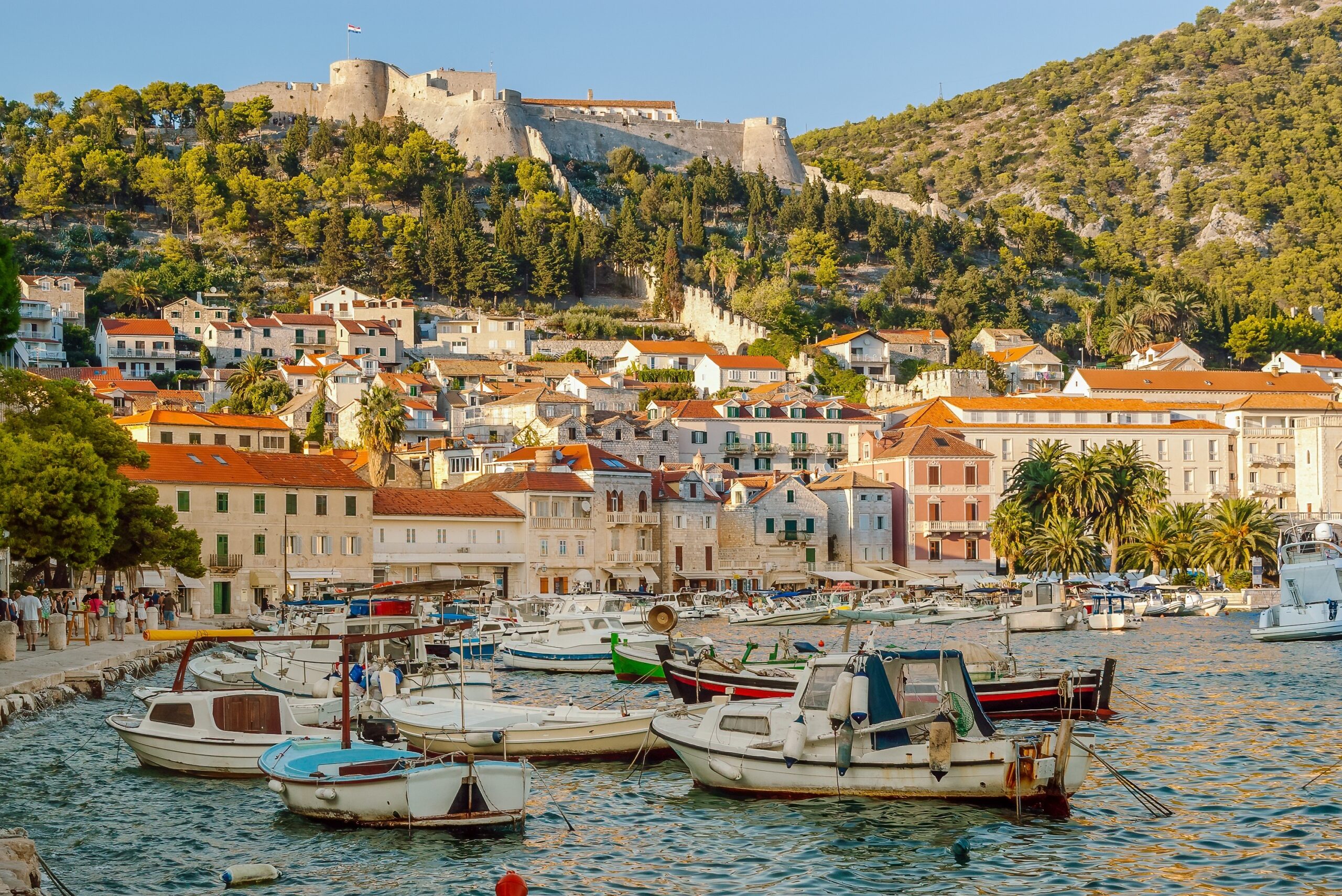
This magical island is officially the sunniest place on the Adriatic, with more than 3,000 hours of sunshine annually. But Hvar’s appeal doesn’t stop at its sunny climate it is one of the few islands worldwide with as many as six UNESCO listings. The famous “Za Križen” procession and agave lace crafted by Hvar’s Benedictine nuns were the island’s first contributions to the UNESCO list. Three years later, the traditional Klapa singing – an a cappella group singing tradition passed down through generations – was also added to the list.
And let’s not forget the island’s cuisine – recognizing its pivotal role in the Mediterranean diet, UNESCO officially honored Hvar’s culinary heritage in 2013, offering visitors a taste of its authentic flavors.
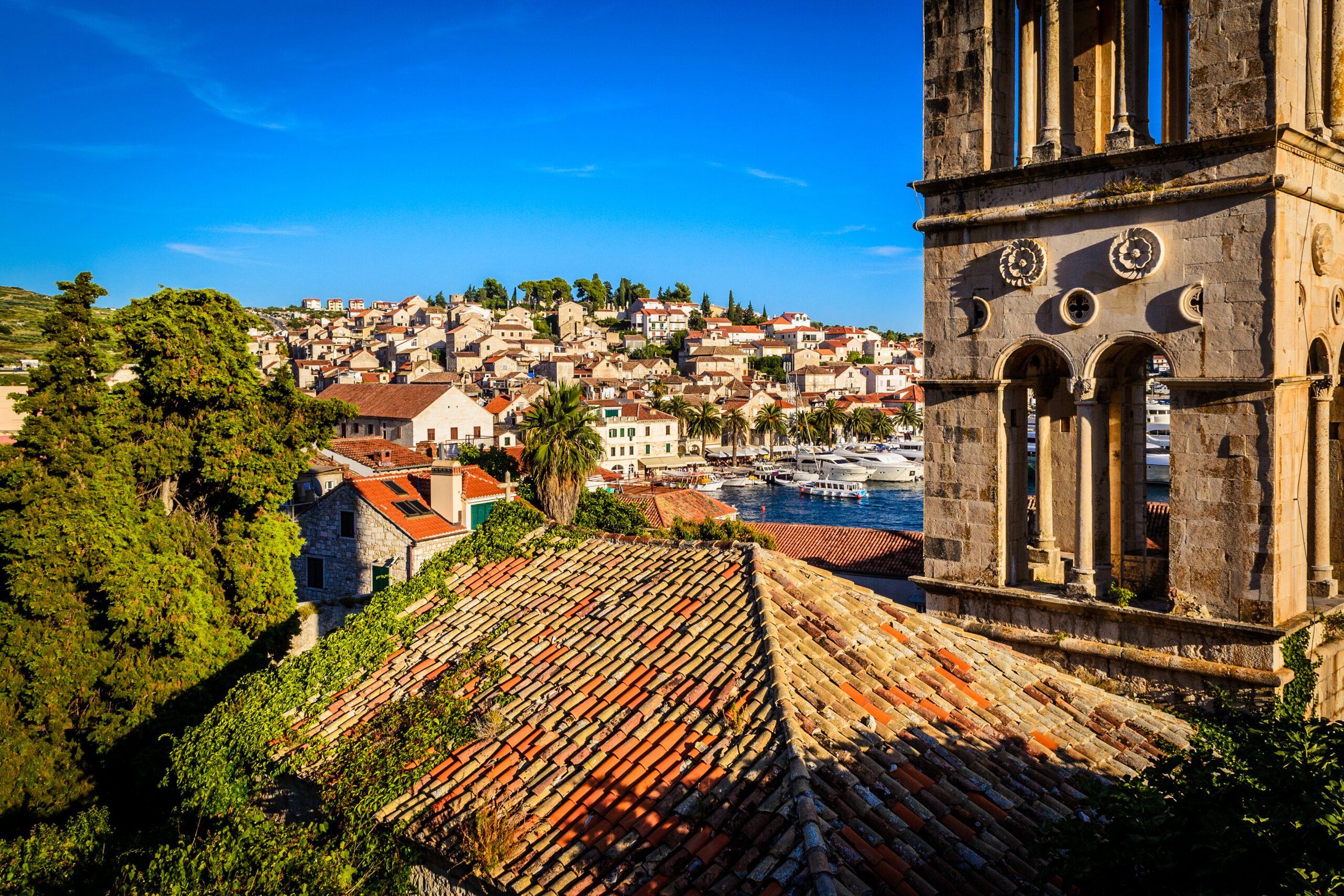
But Hvar isn’t just about its intangible cultural treasures—it’s also home to a wealth of historical landmarks. The majestic Spanish Fortress (Fortica) offers sweeping panoramic views of the Pakleni Islands and the town below. At the heart of the town, Saint Stephen’s Square -the largest square in Dalmatia, serves as a vibrant gathering place surrounded by historical buildings, including the Cathedral of St. Stephen, which represents a synthesis of Gothic, Renaissance, Mannerist, and Baroque styles, with Romanesque touches.
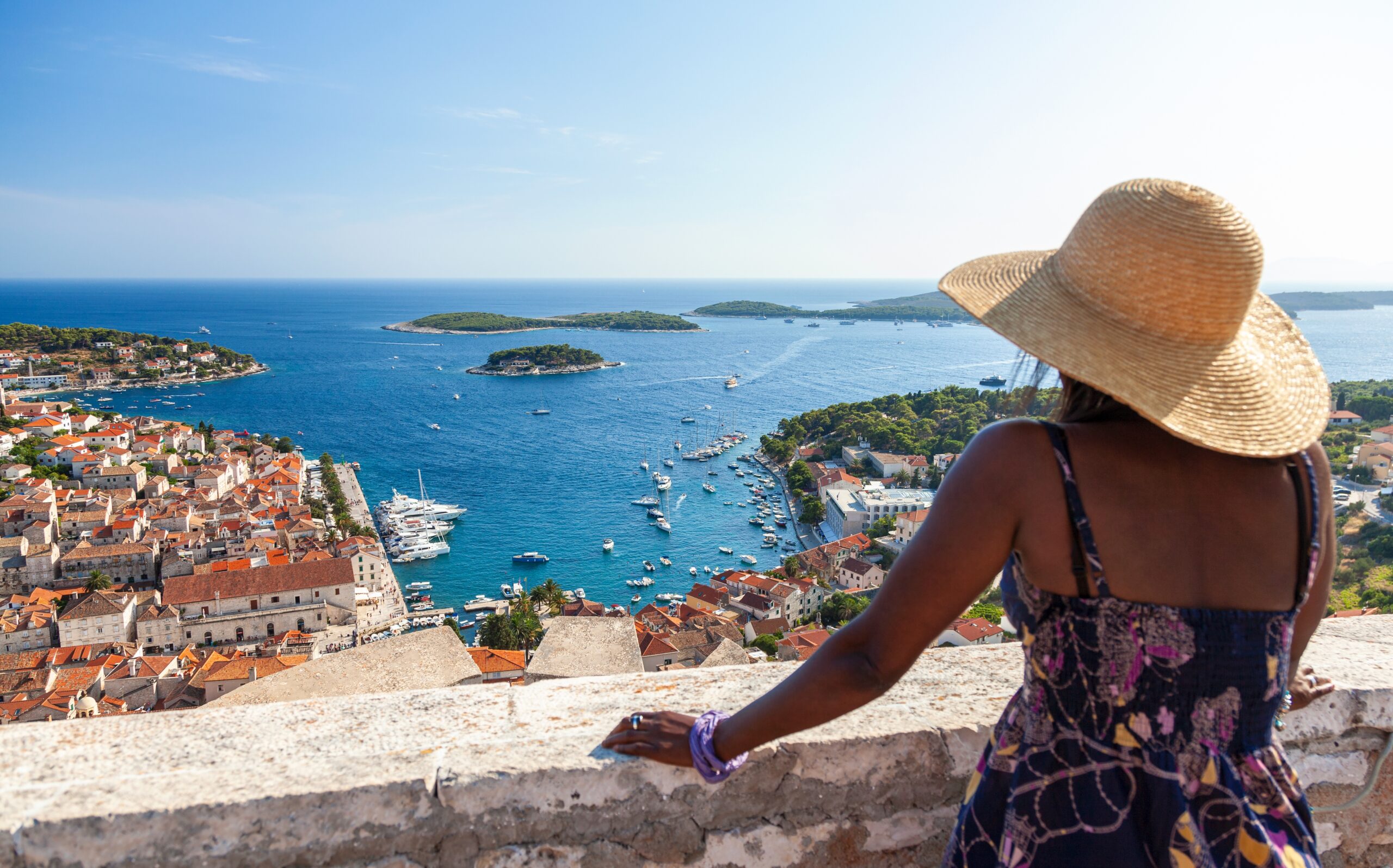
In addition, UNESCO-protected sites like the Stari Grad Plain and dry-stone walls represent the oldest cadastral plot system in the Mediterranean, established by the ancient Greeks. It is particularly fascinating to see the system of dry-stone walls that have surrounded the land and fields since ancient times, with locals still adhering to these traditional methods today.
